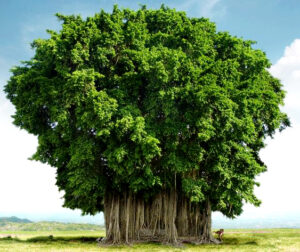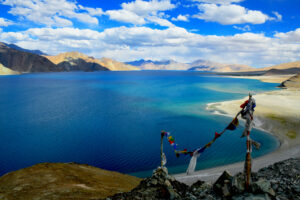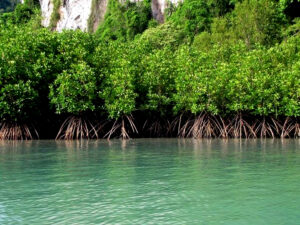Saving the Mighty Mangroves
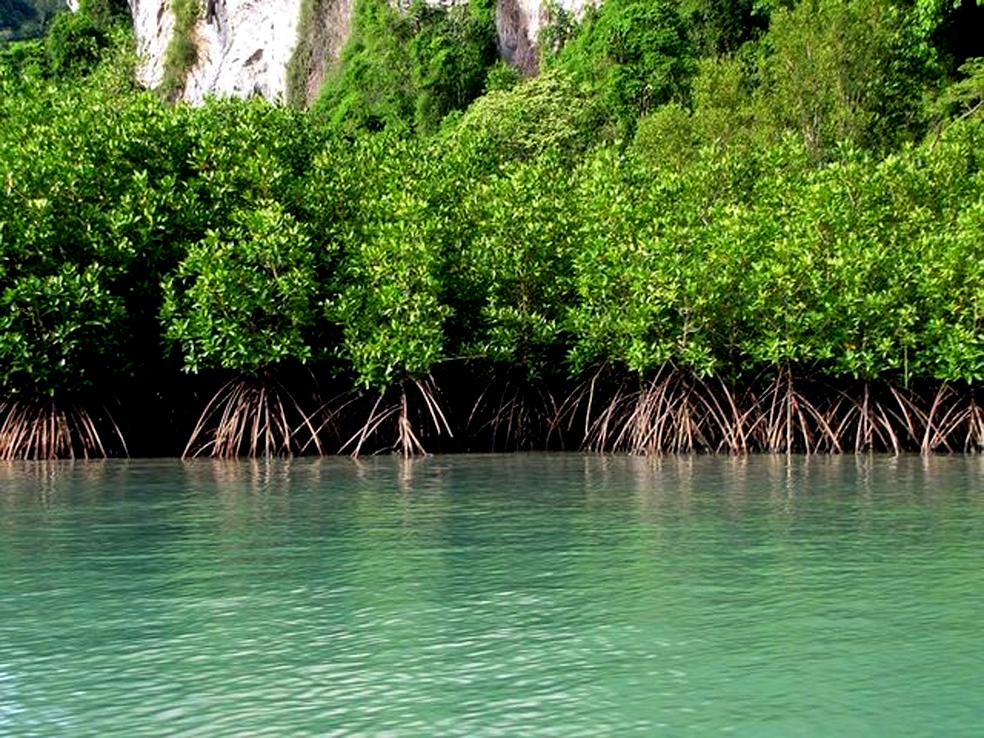
Mangrove forests are biodiversity hotspots. Saving the mangroves should be the new movement starting July 26, International Mangrove Day

By Vedika Singh
I In the sprawling drama of India’s diverse ecosystems, mangroves often play the unsung heroes, silently working to protect our coastal areas. These tidal wonders, a bit like the superheroes of the natural world, don’t wear capes but sure know how to deal with mud – lots of it.
Mud-tastic Warriors of the Coast
Mangroves are the unsung heroes of India’s coastal landscapes, standing tall in knee-deep mud, facing tidal surges and braving strong winds. They’re the nature enthusiasts who decided to embrace the swampy side of life. According to the latest ‘Mud Lovers Quarterly’ (a magazine I just made up), mangroves cover about 4,800 square kilometers in India, proving that mud isn’t just for toddlers and pigs. Let’s dive into the muddy world of mangroves and explore why they are the true defenders of our coastal ecosystems.
Air-breathing Roots
Mangroves have a fascinating adaptation that makes them unique among trees – they can breathe through their roots. Yes, you heard it right – roots that act like natural snorkels. Imagine snorkeling in a forest, and you get a mangrove. This adaptation allows them to thrive in the intertidal zones, where they face the constant challenge of being submerged during high tides. It’s like they’ve got scuba gear permanently attached to survive the underwater challenges. Take that, Poseidon!
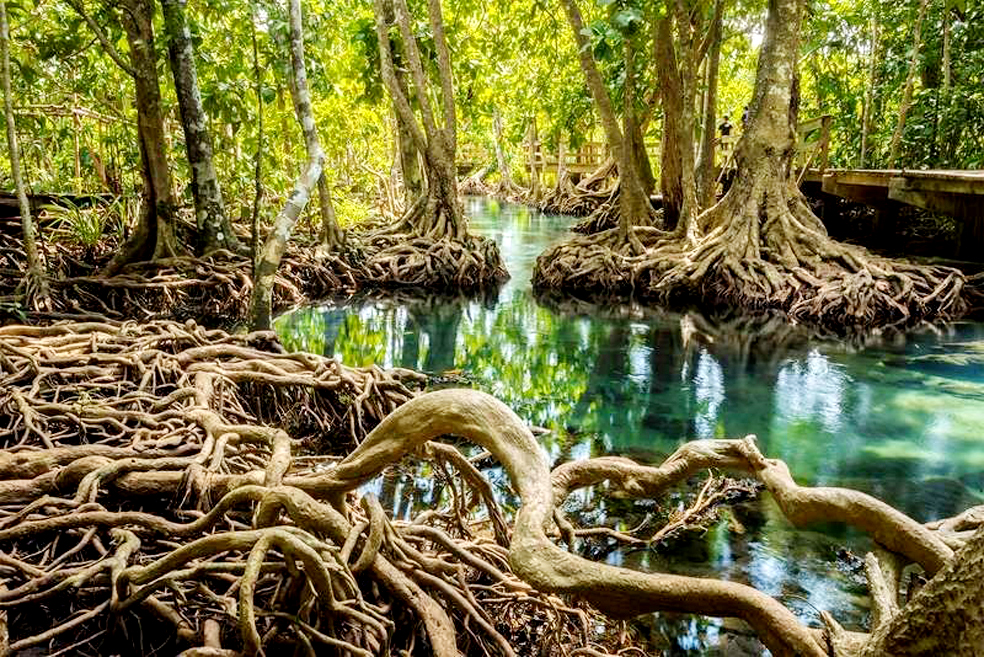
Coastal Protectors
Against Storms
Mangroves aren’t just chilling in the mud for the fun of it; they’re frontline defenders against coastal bullies like storms and tsunamis. Studies show that mangroves can reduce wave heights by up to 66%. It’s like having a leafy bouncer at the entrance of the coastal club, telling waves, “Sorry, you’re not on the list.” Research conducted after the 2004 Indian Ocean tsunami highlighted the protective role mangroves played in reducing the impact on coastal communities. Areas with intact mangrove forests suffered less damage compared to those without. It’s not just about saving mangroves; it’s about saving lives and livelihoods.
Prime Real Estate for Wildlife
If mangroves had a real estate agency, they’d be boasting about their prime waterfront properties. These areas are buzzing with life – from fish nurseries to bird nesting sites. It’s like the mangroves threw the wildest housewarming party, and everyone from crabs to otters decided to move in. Mangroves provide a complex network of habitats, offering food and shelter for a wide array of marine and terrestrial species. Fish breed in the protected waters, finding shelter among the tangle of roots. Birds, from kingfishers to herons, build nests in the branches, taking advantage of the buffet of fish and insects below. It’s a thriving ecosystem, all thanks to the mangroves.
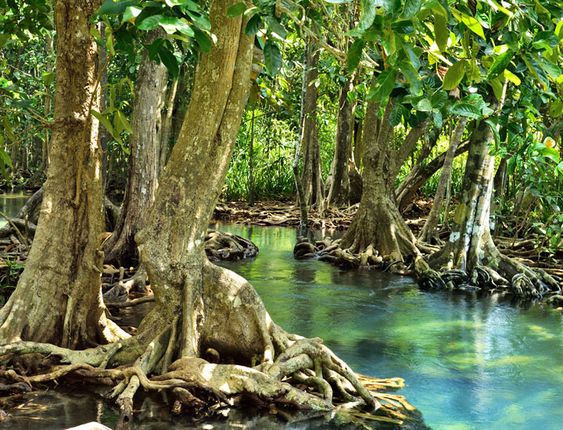
Facing Challenges: A Tough Battle
While mangroves might seem like the superheroes of coastal conservation, they face their share of challenges. Coastal development, pollution, and climate change threaten these muddy avengers. It’s like having villains in the form of construction cranes and plastic bags trying to evict our green guardians. Coastal development often involves clearing mangrove areas for infrastructure projects, disrupting the delicate balance of these ecosystems. Pollution from nearby urban areas and industries introduces chemicals and waste into mangrove habitats, impacting both plant and animal life. Climate change adds another layer of complexity. Rising sea levels and more intense storms pose a direct threat to mangroves. Increased temperatures and altered rainfall patterns can affect their growth and survival. It’s a tough battle for these resilient trees against the forces of human development and a changing climate.In conclusion, while we might not see mangroves flying across the skyline or shooting webs, they are undoubtedly the unsung superheroes of India’s coastal ecosystems. So, next time you find yourself in a coastal area, take a moment to appreciate the mud-loving, wave-defying, critter-friendly wonder that is the mangrove. They may not have flashy costumes, but they sure know how to make a muddy statement!



Why Mangroves Matter
* July 26 is International Mangrove Day,
dedicated to the unique forests that survive at the interface of land, river and sea.* Mangroves protect coastlines from storm surges, filter out pollutants, and are home to a wide array of diverse life.* They have declined rapidly around the world, losing out to shrimp farms, tourist resorts, agricultural and urban land over the past decades.* What does the disappearance of this special forest ecosystem mean for our planet


